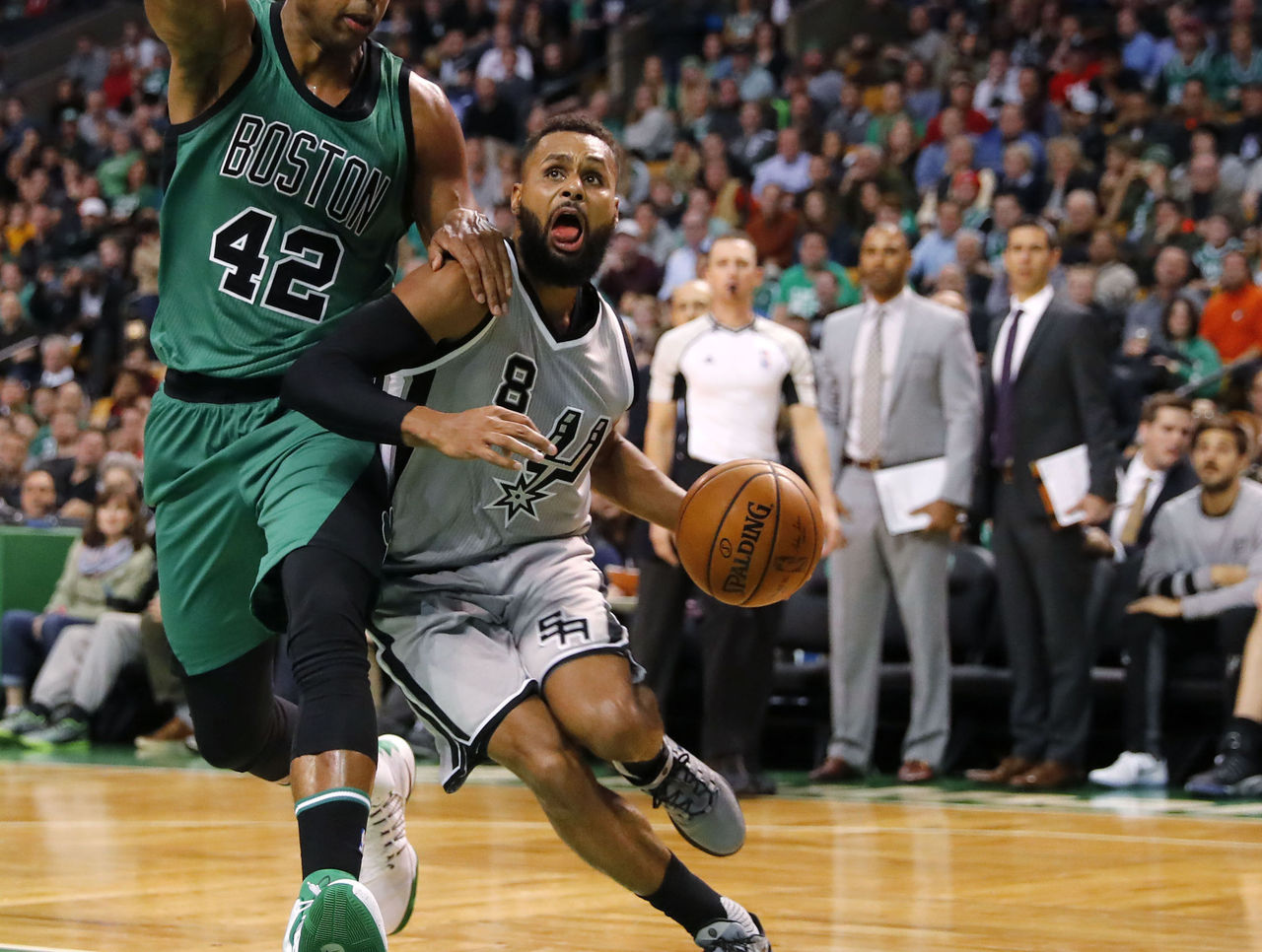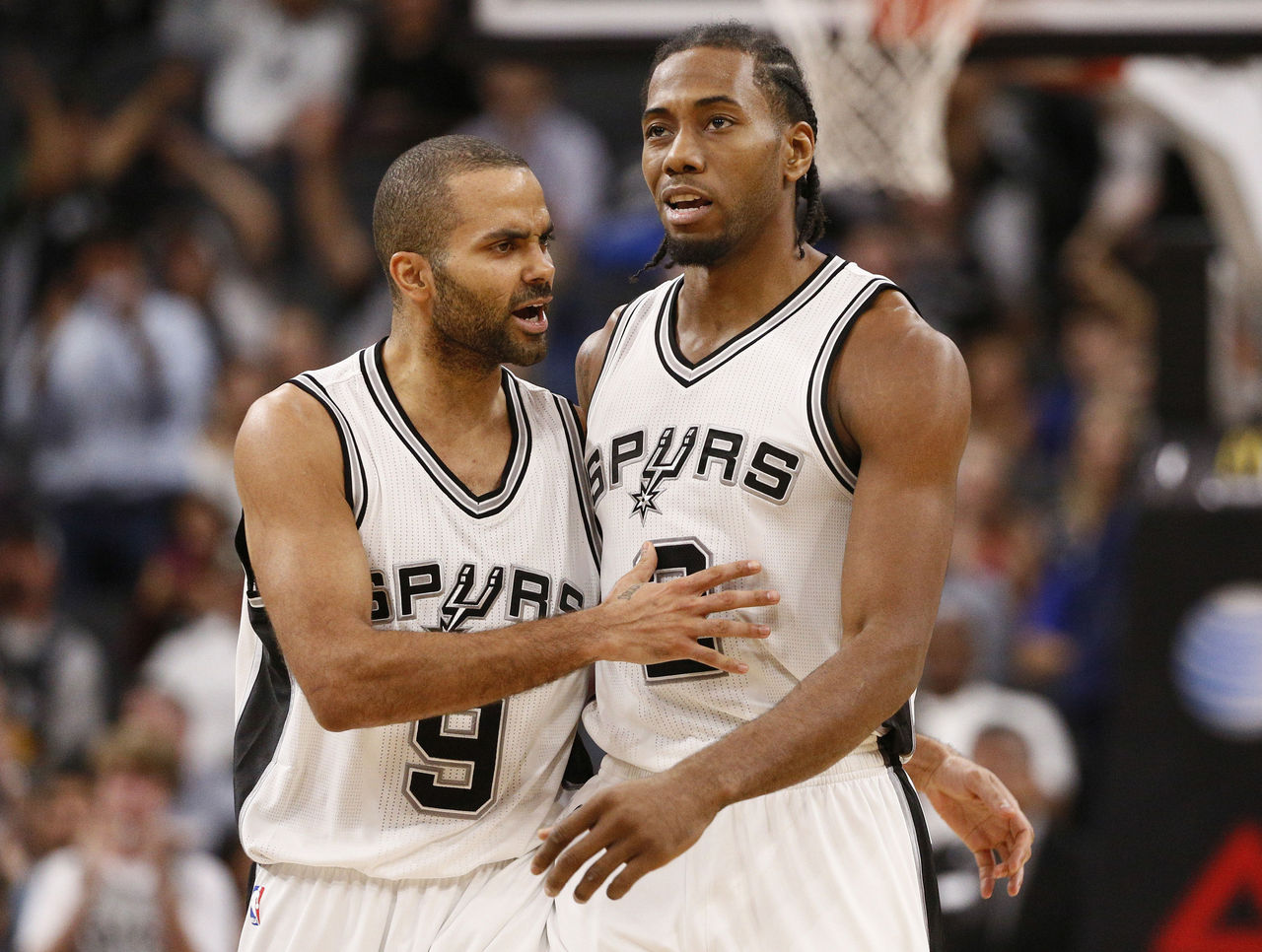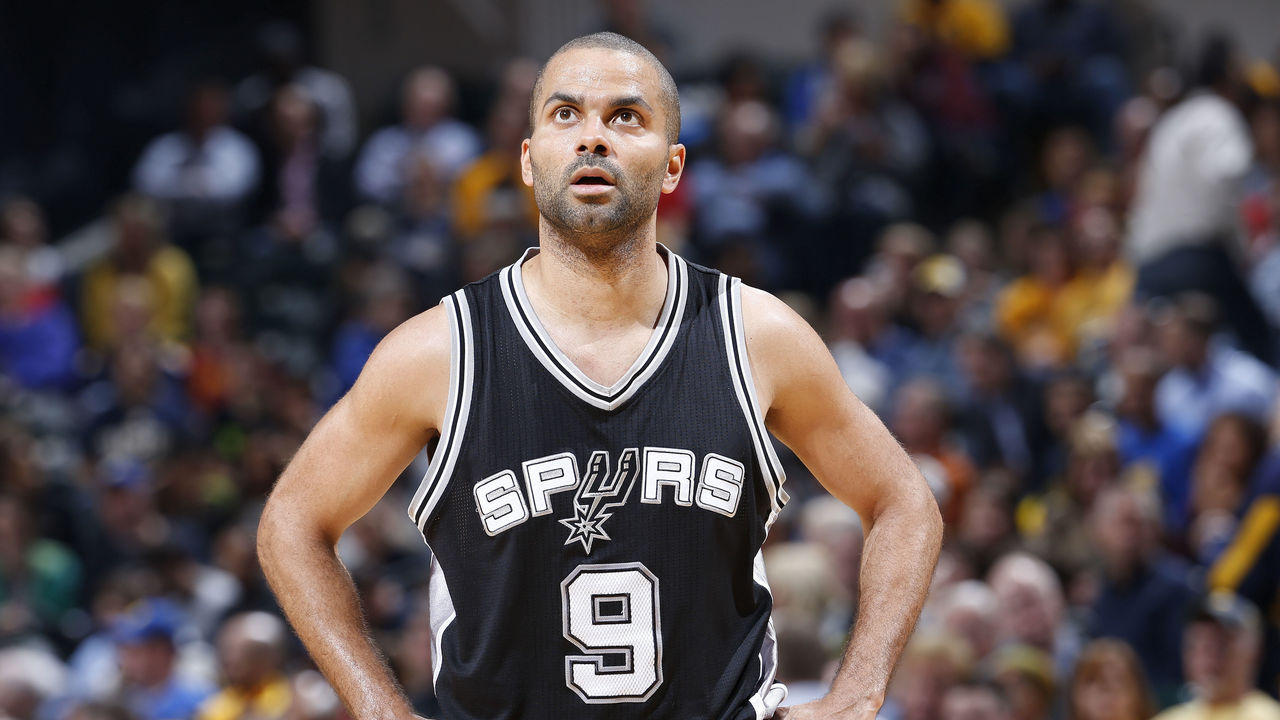Run of the Mills: Why the Spurs are ready for a change of the guard
Over the past two decades, the San Antonio Spurs have done a better job than any team in NBA history at passing the baton; at establishing a continuity of culture and success while seamlessly bridging different eras.
First that meant transitioning from the era of David Robinson and Sean Elliott to that of Tim Duncan and Manu Ginobili and Tony Parker. Around two years ago, they pivoted from that prolific trio toward a system that revolved around Kawhi Leonard. And last year, they began the (now-complete) transition from Duncan to LaMarcus Aldridge as their big-man fulcrum. They're ready for another shift this season, and it's already started to happen. All that's left is for Gregg Popovich to make the transformation a practical one, by having Patty Mills definitively supplant Parker as the Spurs' lead point guard.
The fleet-footed Aussie has just been too good to ignore, even as Parker has rebounded some from a woeful (injury-hampered) start. Parker is 34, his prime clearly long past, but this is as much about the 28-year-old Mills as it is about Parker. Here's how the Spurs perform with each on the floor.
| Spurs with... | O-rtg | D-rtg | Net rtg | Ast% | TS% | FB freq% |
|---|---|---|---|---|---|---|
| Mills | 113.6 | 101.5 | 12.1 | 64.7 | 57.9 | 20.2 |
| Parker | 109.4 | 105.8 | 3.5 | 59.1 | 56.8 | 10.6 |
Their minutes are being distributed fairly evenly - 23.1 a game for Mils, 26.3 for Parker (a split that also owes something to Parker's five missed games) - but Mills needs to be getting 30-plus minutes a night, Popovich's egalitarian rotations be damned.
Tasmanian Devil

Mills right now thrives in many of the same ways peak Parker did. He darts into space, flies off screens, attacks closeouts, turns on the jets when he has the ball in the open floor, and frequently manages to scatter opposing defenses by sheer force of his perpetual, frenetic, lighting-quick motion.
There is method in the madness, though. Look how badly he crossed up the Celtics defense with an aggressive cut-and-flare before burying this wide-open, game-clinching dagger from the corner last week:
Brad Stevens: "Losing (Patty) Mills in the corner was a big play. They’re a hard team to guard." #Spurs #Celtics pic.twitter.com/v2f9gdRqLC
— Jared Weiss (@JaredWeissNBA) November 25, 2016
That's a play that not only highlights Mills' disorienting off-ball movement, but his most obvious edge over Parker: his range. Mills is canning 41.8 percent of his threes, on a career-high 4.4 attempts per game; he ranks fourth in the NBA with a true shooting percentage of 66.3; and his ability to both find and make use of open space on the perimeter allows the Spurs' offense to flow more freely.
Mills also just straight-up loves to run. He's second on the Spurs only to Leonard in fast-break points, and the team gets out in transition nearly twice as frequently when he's on the floor (see chart above).
Parker was brilliant for nearly a decade-and-a-half, and he remains a productive player. He's craftier than Mills, more in control of the in-between spaces, more capable of cracking open seams - and keeping defenders guessing - with probing change-of-pace dribbles. But he's lost a step, and Mills is now effectively a turbocharged version of him with a way better jumper.
Whi not switch it up?

Another thing worth considering is that Leonard has been controlling more possessions this season (he's averaging 3.5 seconds per touch, up from 2.8 last season), which dampens Parker's impact by moving him off the ball. Leonard's usage is up to a career-high (by far) 30.5 percent, while Parker's is down to 19.4 percent, lowest since his rookie season in 2001-02.
Parker is being used as a spot-up shooter on 18.2 percent of his offensive trips, up from 12 percent last year. The issue is, he doesn't frighten opposing defenses as a spot-up threat, and Mills is considerably more valuable in that role. Mills is averaging 1.23 points per spot-up possession. Parker's averaging 0.88, one of the worst marks in the league.
It makes more sense to pair up Mills and Leonard as often as possible. In 265 minutes together this season, the two have produced a net rating of plus-13.5. Leonard and Parker, by comparison, have a plus-2.2 net rating in 309 mins of shared floor time.
The dying of the light

What's perhaps most worrisome is the extent to which Parker's greatest skills - his ability to get to and finish at the rim - have waned. He's getting a lower percentage of his shots at the rim than he has in any other season, and he's shooting a career-low 52 percent on shots within three feet of the hoop.
Parker just doesn't have that same zip, which allowed him to consistently create something out of nothing. Now the Spurs often have to run him around a maze of staggered screens to free him up. And even then, he's less decisive with the ball, less explosive, easier to trap. He struggles to get separation, and doesn't turn the corner with the same oomph. Too many go-nowhere drives end up like this one:
VUCCI CONTAIN pic.twitter.com/vhrPBb1fs4
— Hardwood Paroxysm (@HPbasketball) November 30, 2016
And things may be reaching a breaking point on defense, where Parker always seems to be a step behind the play. He's lost any ability to keep his check in front of him, and he dies on screens like a bug on a windshield. Mills is undersized, and isn't a lockdown defender by any means, but he can at least be an irritant. He gets his hands in passing lanes, and he finishes possessions.
The disparity is particularly stark in fourth quarters, when guys tend to empty the tank. Parker averages about seven fourth-quarter minutes a game (two more than Mills), and the Spurs are giving up a ghastly 116.3 points per 100 possessions in those minutes. The Trail Blazers' league-worst defense gives up 110.5.
Popovich has never seemed like the sentimental type, but it's hard to find a reason beyond sentiment that he's sticking with Parker. Because on top of Mills being a more viable starter, Parker would make a great backup. He could go to work on opposing second units, while playing with the ball in his hands more and facing less challenging defensive assignments. He could reinvent himself as a super sub.
Mills and Parker have both flourished for years in their respective roles, and they're both ready for new ones. The Spurs have prepared themselves for this transition, as they have every transition that's kept their machine running these past 20-plus years. It's time.